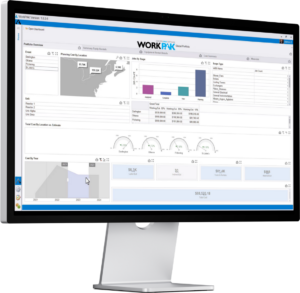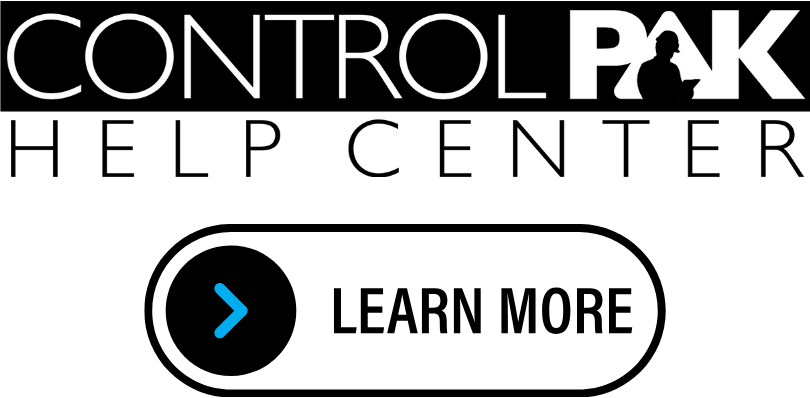What are Project Controls?
Project controls are essential for managing any project successfully. They help project managers and stakeholders to plan, monitor and control the project performance in terms of time, cost, scope, quality, and risk. In this blog post, we will explore the definition, benefits and key features of project controls and using project controls software, like WorkPAK, to meet your project objectives.
Definition of Project Controls
There are many definitions of project controls used across industries and companies, but they all share a common theme: project controls are the data gathering, data management and analytical processes used to predict, understand, and influence the project outcomes. Project controls are not only concerned with tracking and reporting the project status, but also with identifying and resolving any issues or deviations from the baseline plan and assist in effective management and decision making.
Top Six Benefits of Project Controls
Project controls can provide these top six benefits for project managers and stakeholders, such as:
- Planning and Estimation – Improving project planning and estimation by using historical data, best practices, and industry standards.
- Transparency – Enhancing project visibility and transparency by providing accurate and timely information on project progress, performance, and health.
- Risk Reduction and Uncertainty – Reducing project risks and uncertainties by identifying and mitigating potential threats and opportunities.
- Project Effectiveness – Increasing project efficiency and effectiveness by optimizing the use of resources, minimizing waste, and maximizing value.
- Quality and Compliance – Ensuring project quality and compliance by adhering to the project requirements, specifications, and standards.
- Lessons Learned – Supporting project learning and improvement by capturing and sharing the project knowledge and lessons learned.
Key Features of Project Controls and Project Controls Software
Apply Project controls to any project, regardless of its size, complexity, or industry. However, the scope and level of project controls may vary depending on the project characteristics and needs. Some of the key features are:
- Set up throughout the project life cycle, from initiation and planning to execution and closure.
- Aligned with the project objectives, scope, schedule, budget, and quality.
- Integrated with the project management processes, tools and techniques.
- Tailored to the project context, environment, and stakeholders.
- Based on reliable and relevant data, collected from various sources and methods.
- Performed by qualified and experienced project control professionals, who work closely with the project manager and the project team.
Combined with these key project controls features, WorkPAK Planning Software cohesively ties the project controls processes to the project management functions. WorkPAK consolidates scope, budget, quality into well-defined planning and execution work packages by experienced and knowledgeable project controls professionals, ensuring projects meet objectives and schedule timelines. The software enables project teams to collaborate and effectively manage their project activities while providing project assurances to its objectives to key decision makers and stakeholders.
A Full Event Management Suite

Conclusion
Project controls are a vital part of project management, as they help project managers and stakeholders to achieve successful project outcomes. Project controls are not a one-size-fits-all solution, but a flexible and adaptable approach to customize and suit the project needs and expectations. Project controls are not a standalone function, but a collaborative and supportive role that works in harmony with the project management. Project controls are not a static and passive activity, but a dynamic and proactive process that drives the project performance and results.


